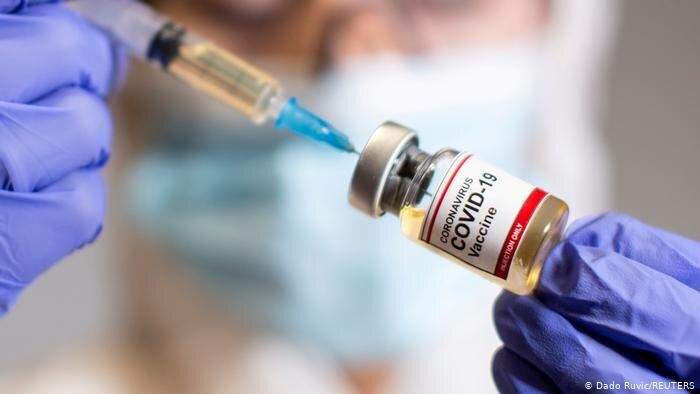56 volunteers in Iran to receive homegrown COVID vaccine on Monday

TEHRAN – Iran will start testing its first domestically-made coronavirus vaccine by injecting it to 56 volunteers aged 18 to 50 years on Monday.
The candidates must remain in quarantine for a week to a month to show the side effects of the vaccine, IRIB reported.
In the meantime, the test results are checked several times for blood and cellular immunity.
After the results of the study are determined, the second stage begins with the injection in 500 people, and after 28 days, the third phase begins with mass production.
Iranian vaccination by Sept. 2021
Mostafa Ghane'ei, an official with the Vice Presidency for Science and Technology, said that the domestically produced COVID-19 vaccine will probably be injected into the whole population by September 23, 2021.
Now that coronavirus vaccines have been developed in the world and the third phase of clinical trials has passed, the possible side effects are almost certain, and Iran will be aware of the side effects which speeds up the process, he noted, adding, “vaccines produced in Iran are the same as those produced in China, India, the United States, etc.”
Iraj Harirchi, the deputy minister of health, has said that in Iran, 12 groups are making efforts to develop coronavirus vaccine, three of which have passed the animal testing.
Three weeks ago, Namaki expressed hope that the country will introduce the home-grown COVID-19 vaccine by the end of the current Iranian calendar year (March 19, 2021).
COVID-19 toll, new cases on declining trend
Due to the high prevalence of the disease, strict COVID-19 restrictions took effect on October 26.
The National Headquarters for Coronavirus Control started strict restrictions in 43 cities that had the highest rate of infection in the country. Ten days later, decisions were made to set new limitations on highly-affected areas for another 10 days, through which 46 cities undergone restrictions.
The plan divided cities into three levels of alert, namely red, orange, and yellow.
Another plan also went into effect on November 21, according to which all occupations, except for emergency services and basic food suppliers, get closed for two weeks in high-risk cities.
Alireza Reisi, a spokesman for the National Headquarters for Coronavirus Control, said that the disease prevalence is declining in 30 of the whole 31 provinces and the death toll had dropped to 50 percent in comparison to the previous month. Also, the hospitalization rate has been reduced by 40 percent.
In a press briefing on Saturday, Health Ministry spokesperson Sima-Sadat Lari confirmed 6,421 new cases of COVID-19 infection, raising the total number of infections to 1,152,072. She added that 875,943 patients have so far recovered, but 5,591 still remain in critical conditions of the disease.
During the past 24 hours, 175 patients have lost their lives, bringing the total number of deaths to 53,448, she added.
So far, 6,995,726 COVID-19 diagnostic tests have been performed in the country.
Lari noted that currently, 205 cities are in low-risk “orange” zones, and 243 cities are in yellow.
FB/MG
Leave a Comment